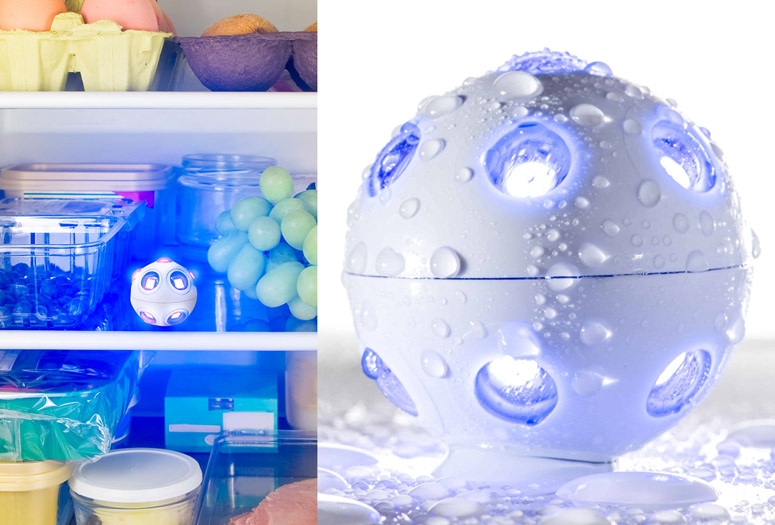


Use it to move across the gap as before, then move the Metal Ball into another airflow that moves in a second platform on the left. To start, hit the left-hand Switch to spawn in a Metal Ball, then roll it forwards and down the ramp onto a lower platform pull the Lever in the middle of the area to raise it (lowering the platform on the right, which we’ll use later).įollow the Metal Ball up using the platform on the side, then pull the Metal Ball over the inactive gust platform and into the airflow, which moves a platform over. Spielberger State Trait Anxiety Scale ( Spielberger et al, 1983).Now things get a bit more complicated. Raskin Depression Scale ( Raskin, 1969) and Health of the Nation Outcome Scales (HoNOS) ( GPcare, 2012) ěeck anxiety inventory ( Beck and Steer, 1990) ěeck hopelessness scale ( Beck and Steer, 1987) ěrief psychiatric rating scale ( Overall and Gorham, 1962) ěehaviour and Symptom Identification Scale (BASIS-32) ( DoHA, 2003) The BDI–II consists of 21 items to assess the intensity of depression in the last two weeks in both clinical and non-clinical settings, rating people as non-depressed, dysphoric (a state of unease or mental discomfort), and dysphoric or depressed. The Beck Depression Inventory Second Edition (BDI–II) was developed to correspond with the DSM-IV ( Beck, Steer & Brown, 1996). The Beck Depression Inventory is a clinical depression test that measures the level of depression in patients with clinical depression. Beyond Blue identifies the K10 and the SPHERE-12 as checklists to identify depression and anxiety ( Beyond Blue, 2012). The SPHERE-12 is a screening tool for psychological distress, comprising six psychological items and six somatic/fatigue items with a reference period of ‘the past few weeks’. While there are similarities between the PHQ-9 and the K10 questions, the PHQ-9 is not widely used in Australian population surveys. The PHQ-9 is an instrument for the identification of mild, moderate, moderately severe, and severe depression, with questions asked for a reference period of the last two weeks. The Patient Health Questionnaire 9 (PHQ-9) is a nine item depression module developed by Dr Robert Spitzer, Dr Janet Williams, Kurt Kroenke and colleagues ( Kroenke, 2001). They also note that the GHQ is proprietary and is paid for each time it is used, while the K10 is in the public domain and may be used without charge. Andrews and Slade ( 2001) note that the K10 has a larger range of questions along the distress continuum than the GHQ12. Research by Furukawa et al ( 2003) found that the K6 and K10 have better overall discriminatory power than the GHQ12 in detecting depressive and anxiety disorders contained in the DSM-IV. It is scored using a four-level response scale assessing the severity of a mental problem over the past few weeks. The questionnaire was designed to detect psychiatric disorders among respondents in community and primary care settings. It now exists in a range of shortened versions including the GHQ30, the GHQ28, the GHQ20, and the GHQ12. The GHQ was originally developed by Professor David Goldberg in the 1970s as a 60-item instrument to measure mental health ( Goldberg et al, 1997). The K10 is preferred over the SF-12 to estimate mental health because it was designed specifically as a measure of distress, as well as offering the advantages of easy administration and scoring ( Andrews & Slade, 2001). Mental health represents only one of a wider range of constructs measured by the SF12. mental health (psychological distress and psychological wellbeing).Īll questions use a reference period of four weeks prior to the interview. role limitations due to emotional problems andĨ. role limitations due to physical health problems ħ. It provides a general measure of health status through twelve questions on:Ģ.

The SF12 is a standard international instrument owned by Quality Metric. The scale has performed well in criterion-based tests of validity, with subjects with low scores often requiring inpatient and outpatient psychiatric care and exhibiting suicidal ideation ( Berwick et al, 1991). It is a five-item measure of mental health with a time frame of the past four weeks, and has been recommended as a screening tool for mood, affective and some anxiety disorders ( Rumpf et al, 2009). The MHI-5 is part of the Medical Outcome Study 36-item Short-Form (SF-36) Health Survey.

Among the most common are the following measures: Several other short form survey measures of mental health are used either individually or as part of larger health instruments.


 0 kommentar(er)
0 kommentar(er)
